GE IC695CPE400-ABAB
The GE IC695CPE400-ABAB is a PACSystems RX3i CPU module from GE’s Industrial Automation (now part of Emerson Automation under the PACSystems lineup).
Key Technical Parameters:
General Specifications:
- Model: IC695CPE400 (ABAB denotes a specific variant/revision)
- Type: RX3i Central Processing Unit (CPU)
- Architecture: 32-bit RISC processor
- Memory:
- User Memory: 20 MB (for logic, data, and firmware)
- Flash Memory: 10 MB (for firmware and application storage)
- Execution Speed: ~0.15 ms/K for Boolean instructions (varies based on logic complexity)
Performance & I/O Handling:
- Max I/O Capacity: Up to 512K digital & 32K analog I/O points (depends on system configuration)
- Backplane Communication: PCI bus for high-speed module communication
- Scan Time: Adjustable (depends on program complexity)
Communication & Networking:
- Built-in Ports:
- Ethernet (IC695CPE400): 10/100 Mbps (supports SRTP, Modbus TCP, etc.)
- Serial Port: RS-232/RS-485 (configurable for Modbus RTU/SNP)
- Supported Protocols:
- Ethernet/IP
- Modbus TCP/RTU
- PROFINET (with additional modules)
- OPC UA (via software)
Programming & Software:
- Supported Software: Proficy Machine Edition (PME)
- Programming Languages:
- Ladder Logic (LD)
- Structured Text (ST)
- Function Block Diagram (FBD)
- C Block (for custom C code)
Power & Environmental Ratings:
- Operating Voltage: +5V DC (via RX3i backplane)
- Power Consumption: ~5W (typical)
- Operating Temperature: 0°C to 60°C (32°F to 140°F)
- Storage Temperature: -40°C to 85°C (-40°F to 185°F)
- Humidity: 5% to 95% (non-condensing)
Certifications & Compliance:
- UL, CE, RoHS compliant
- Industrial Standards: IEC 61131-2, NEMA TS1
Typical Applications:
- Factory automation
- Machine control
- Process control systems
- SCADA integration
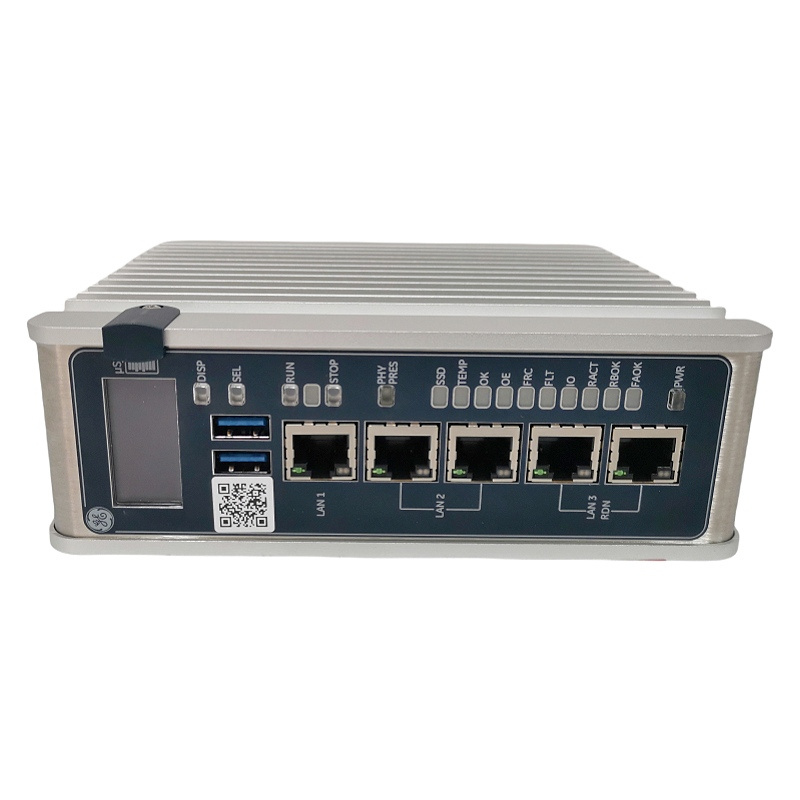
Annual hot selling advantage products:
ABB PM665、ABB S-073N、ABB S-123H 3BHB030479R0512
First hand source, affordable price. Spot inventory!
•Shipping Port: Xiamen
•Ship to you via Fedex/DHL/TNT/UPS/EMS
•Package: Original packing with cartons
GE Hot Selling models

What is a DCS?
A Distributed Control System (DCS) is a sophisticated, computer-based control system designed to automate, monitor, and manage complex industrial processes. It is widely used in large-scale industrial facilities such as refineries, power plants, chemical plants, and paper mills, where precision, reliability, and scalability are critical.
How Does a DCS Work?
A DCS is composed of several interconnected components that work seamlessly to ensure efficient process control. Here’s a breakdown of its key elements:
- Controllers:
These are the “brains” of the system. Controllers receive data from sensors, process it using pre-programmed logic, and send output signals to actuators to maintain optimal process conditions. - Sensors:
Sensors act as the “eyes and ears” of the system, measuring critical physical parameters such as temperature, pressure, flow rate, and level. This real-time data is essential for accurate control. - Actuators:
Actuators are the “muscles” of the system. They execute physical actions based on controller commands, such as opening/closing valves, starting/stopping motors, or adjusting dampers. - Operator Stations:
These serve as the human-machine interface (HMI), allowing operators to monitor the process, adjust setpoints, and troubleshoot issues. Modern DCS systems often feature intuitive graphical interfaces for ease of use. - Communication Network:
The backbone of the DCS, this network connects all components, enabling seamless data exchange and coordination. It ensures that every part of the system works in harmony, even across large industrial sites.
Why is a DCS Important?
- Centralized Control with Distributed Execution: A DCS allows for centralized monitoring while distributing control functions across multiple controllers, reducing the risk of system-wide failures.
- Scalability: It can easily expand to accommodate growing operational needs.
- Reliability: Redundant systems and fail-safes ensure continuous operation, even in critical environments.
- Efficiency: Optimizes processes, reduces waste, and improves overall productivity.

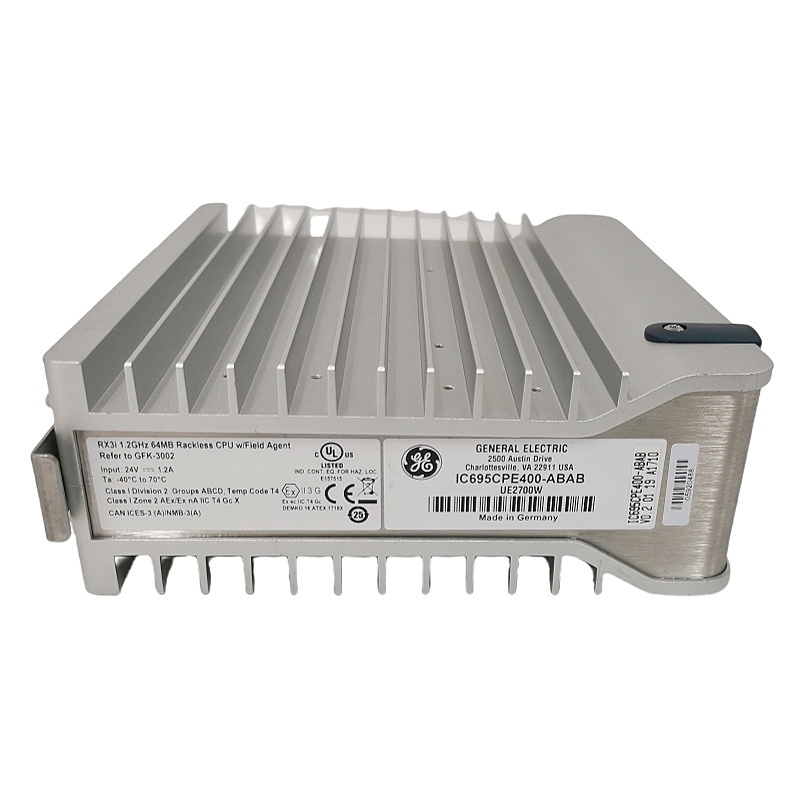
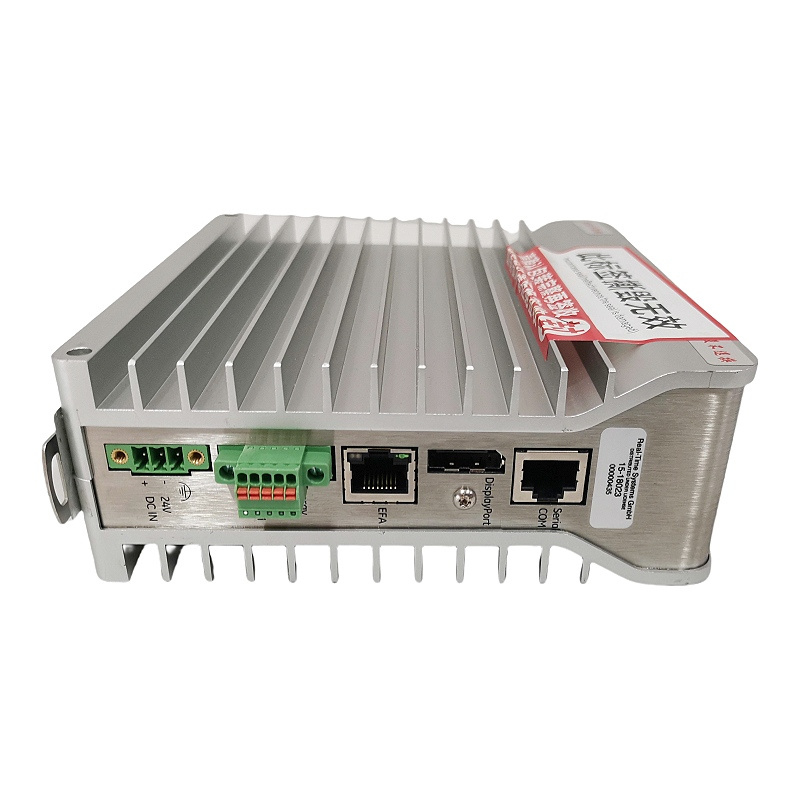
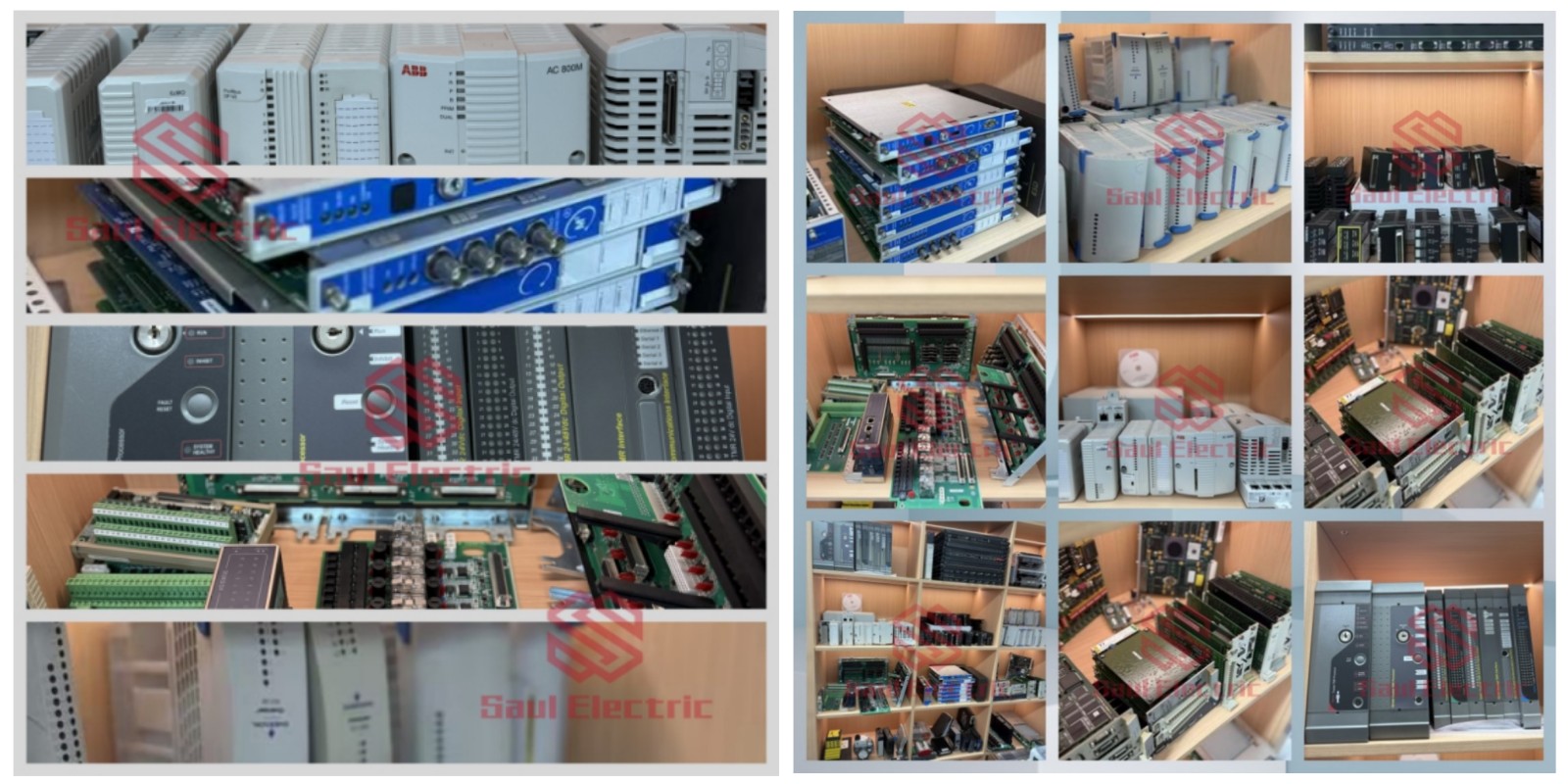




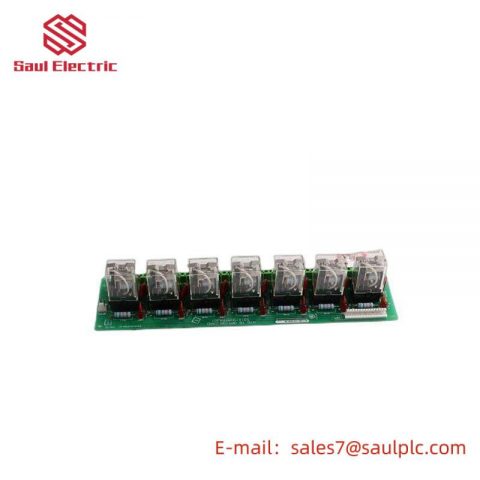
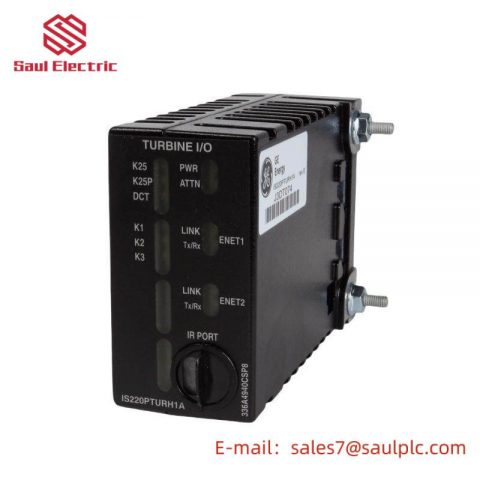
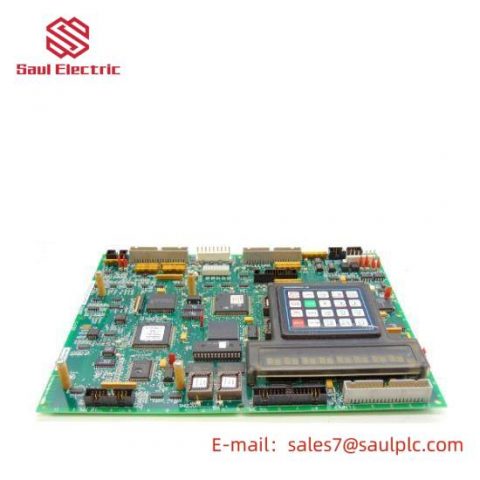

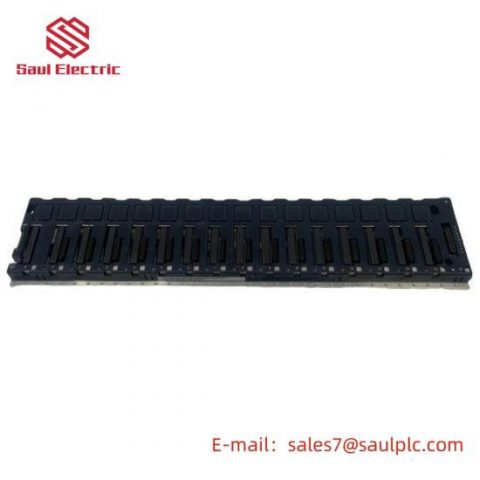
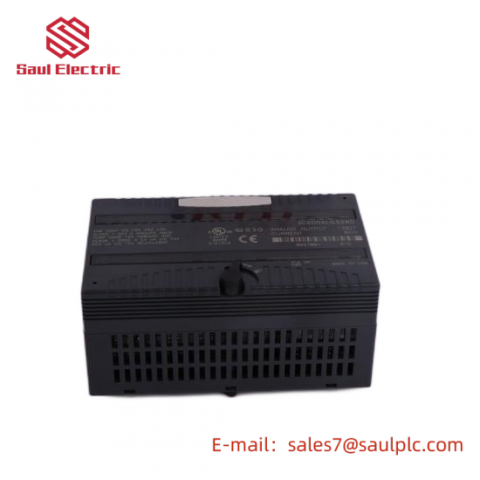
There are no reviews yet.